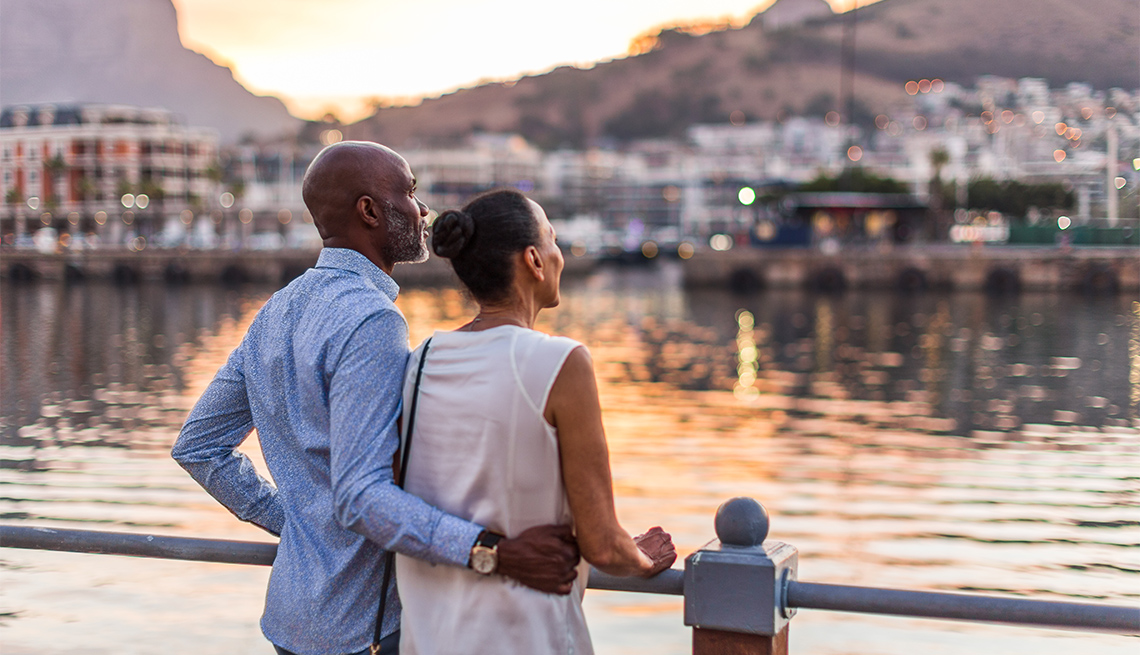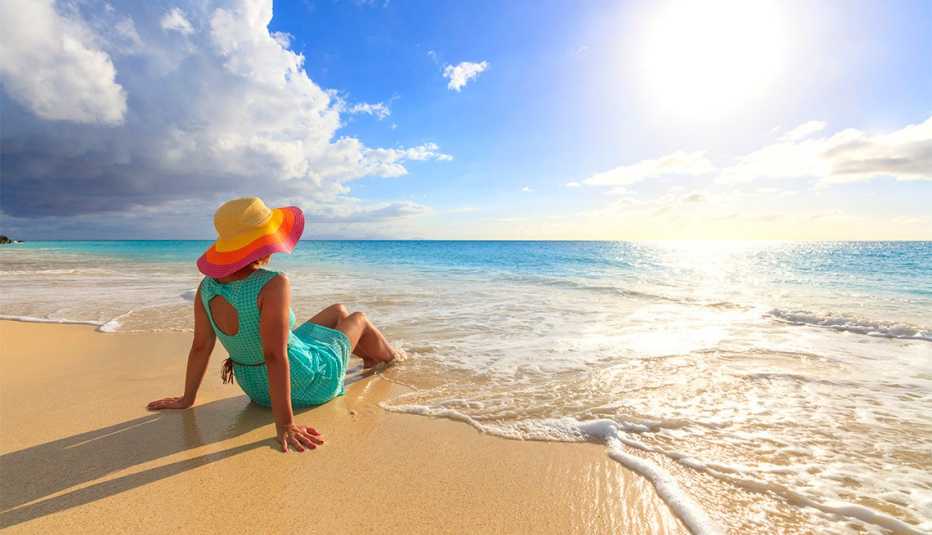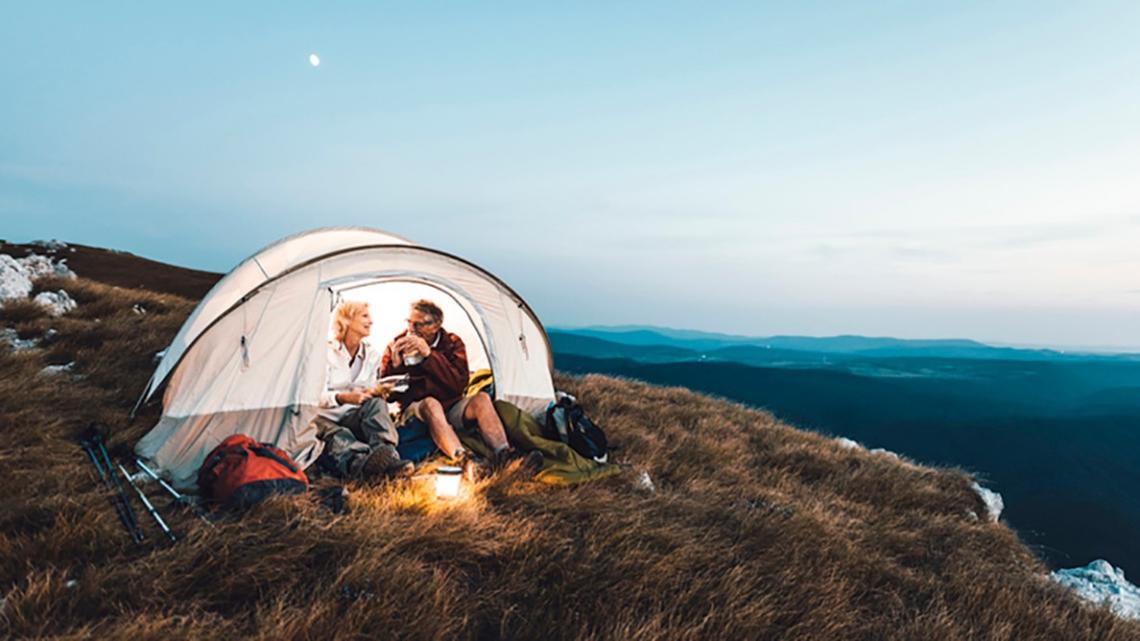Staying Fit
Gasping for breath, I painstakingly pedaled my bike up the steep, winding mountain road, elevation well over a mile above sea level. I was pushing hard to reach Logan Pass, the stunning high point of the famed Going to the Sun Road in Glacier National Park. The sun beat down on my body, the breaths came short, my legs burned after 25 miles on the road, but I was almost there. Then a voice shouted: “Why ... are ... you ... doing ... this!?”
A woman leaning out the window of a passing car shouted her question, not unfriendly, just inquisitive, wondering why in the world I was working so hard when I could have just driven up to the pass. She had a valid point, one that gets at the very purpose of leisure travel: Is the goal of traveling to see as much as you can and to get from place to place as quickly as possible? Or should travel be more about appreciating the journey itself, and diving deep into the destination once you arrive?


AARP Membership— $12 for your first year when you sign up for Automatic Renewal
Get instant access to members-only products and hundreds of discounts, a free second membership, and a subscription to AARP the Magazine.
For those considering the latter, a slow travel trip may be right for you, particularly as this style of touring expands post-pandemic. “We’re seeing about triple the number of bookings (in 2023) over 2019,” said David Loy, CEO of the slow travel specialist culinary tour operator Epitourean, in an email to AARP.
What is slow travel?
Slow travel is an offshoot of the slow food movement that began in Italy in the late 1980s, a response to fast-food franchises running rampant in the country. The slow food philosophy encourages guests to relax and appreciate the overall experience of dining, rather than rushing through a restaurant to maximize calories and minimize time.
Similarly, with slow travel, the goal is not to quickly load up on passport stamps for bragging rights, or check off bucket list destinations like they were part of a drive-thru menu. Instead, slow travel encourages you to see more by moving less, seeking depth and breadth of experience rather than mileage. “We encourage our guests to slow down to truly see the world,” says John Lansdell, product development manager at Butterfield and Robinson, a Canada-based travel company specializing in slow travel, often by bike or on foot. “But it’s more than just moving slower,” he adds. “It’s about interacting with the place while you’re there.”
To that point, guided slow travel trips often include experiences like cooking or language lessons, with longer durations spent in one destination to allow for more in-depth activities. And most travelers are looking for those genuine experiences: 85 percent of respondents to the American Express 2023 Travel Trends Survey agree that they want to visit a place where they “can truly experience the local culture.”
You can also enjoy slow travel on your own, allowing time to meet locals in serendipitous moments as you stop and have a chat at a café or in a village square. “Anyone can carve themselves a slow travel itinerary no matter where they visit,” says Lori Sorrentino, 59, who lives in Naples, Florida, and writes a slow travel blog, travlinmad.com, with her husband, Angelo. According to Sorrentino, “It’s a mindset. Slow travel is a matter of resisting the temptation to explore an entire country in eight days, and immersing yourself in one place instead, getting to know the locals, talking about their families, their communities, their traditions.”
Why slow travel is particularly appealing now
“Slow travel is an indication of the times we’re in,” says Misty Belles, vice president of public relations for the Virtuoso travel conglomerate, in an interview with AARP. “Before [the pandemic], it was a lot of collecting of passport stamps, but now people seem to have a desire to slow down and appreciate what’s around them more. Maybe it’s something people have learned while being tied close to home.”



































































